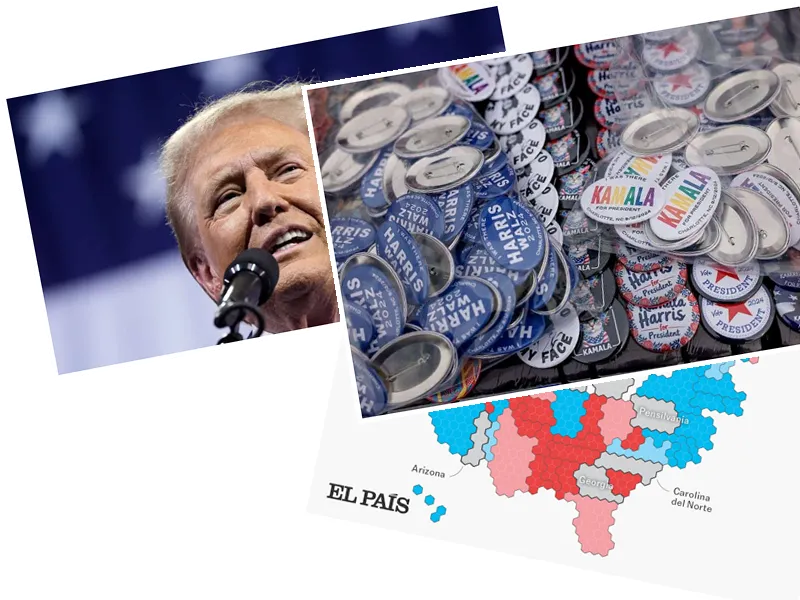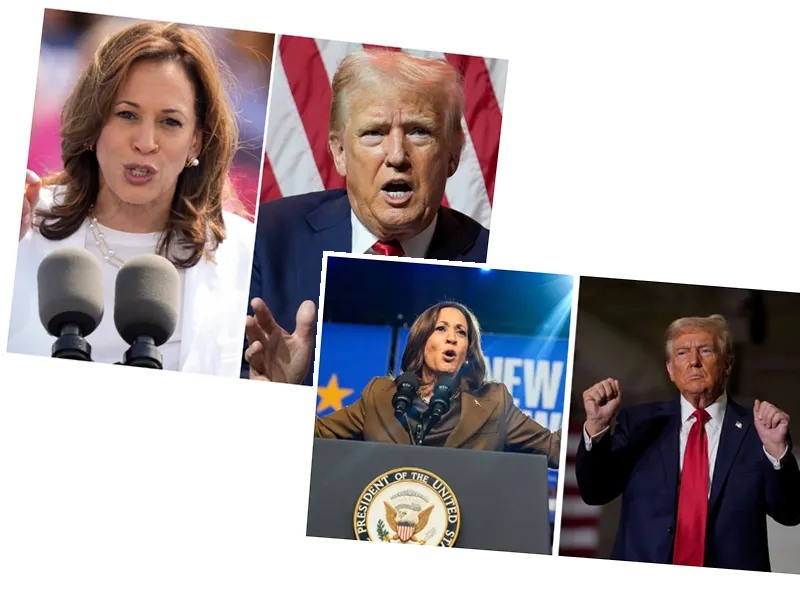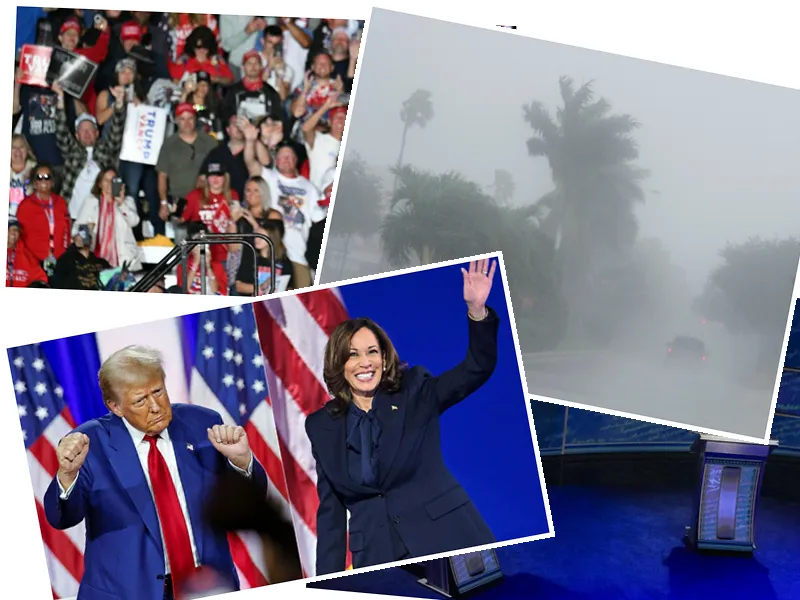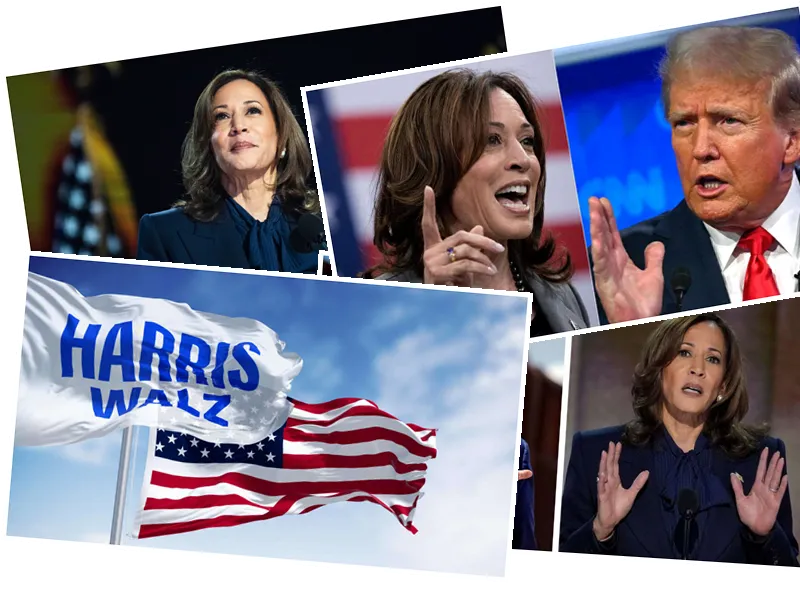The recent shift in the U.S. presidential race has seen Kamala Harris gaining traction following Joe Biden's withdrawal, leading to a tightening contest with Donald Trump. Polls indicate a significant change in voter dynamics, particularly among non-white voters, which could have critical implications for the upcoming election in November 2024.
Recent surveys show that Harris has garnered strong support among Black voters, with some polls indicating as much as 90% backing for her candidacy. This shift is pivotal as Trump has historically relied on a broader coalition of voters, and losing ground among this demographic could hinder his chances in key battleground states.
Despite the positive reception of Harris's candidacy, the Trump campaign remains optimistic, labeling the current situation a 'Harris honeymoon' due to the favorable media coverage she has received. However, the Trump camp is also cautious, acknowledging that the fundamentals of the race could shift as the election date approaches.
As the Democratic National Convention approaches, Harris is preparing to solidify her position as the party's nominee, while Trump is already strategizing for a potential debate. The stakes are high, as both candidates aim to capture the enthusiasm of voters in a race that is becoming increasingly competitive.
- Polls indicate that Harris leads Trump in several key demographics, including younger voters and non-white voters, an area where Biden had previously struggled. This enthusiasm could be crucial as the election nears, particularly in states with diverse populations like Arizona and Georgia.
- The Trump campaign's strategy appears to hinge on portraying Harris as a continuation of Biden's policies, which they argue have not resonated well with the electorate. The upcoming debates are expected to be a critical battleground for both candidates, as they seek to sway undecided voters.
- Harris's recent challenge to Trump for a debate underscores her confidence and willingness to engage directly with her opponent. This could play a significant role in shaping public perception and voter turnout leading up to the election.






